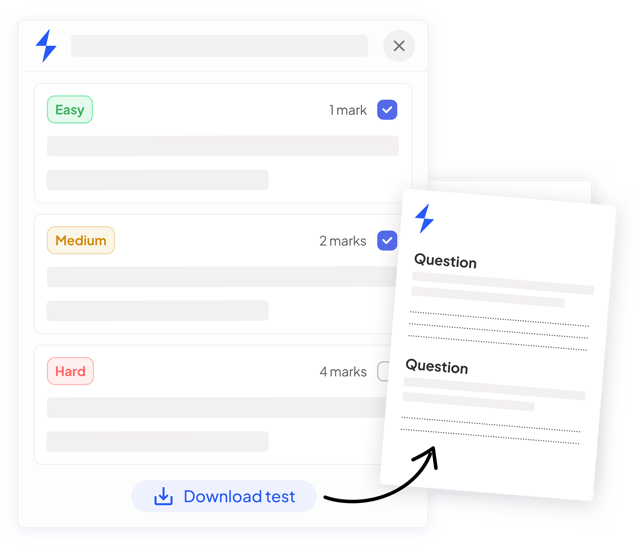Chemical Equilibria (Cambridge (CIE) AS Chemistry): Revision Note
Exam code: 9701
Reversible Reactions & Dynamic Equilibrium
Reversible reaction
Some reactions go to completion where the reactants are used up to form the products and the reaction stops when all the reactants are used up
In reversible reactions, the products can react to reform the original reactants
To show a reversible reaction, two opposing half arrows are used: ⇌
How reactions can be reversible

Dynamic equilibrium
In a dynamic equilibrium, the reactants and products are dynamic (they are constantly moving)
In a dynamic equilibrium:
The rate of the forward reaction is the same as the rate of the backward reaction in a closed system
The concentrations of the reactants and products are constant

Diagrams showing reactant and product concentration as a reaction approaches equilibrium


A closed system is one in which none of the reactants or products escape from the reaction mixture
In an open system, matter and energy can be lost to the surroundings
When a reaction takes place entirely in solution, equilibrium can be reached in open flasks as a negligible amount of material is lost through evaporation
If the reaction involves gases, equilibrium can only be reached in a closed system
Thermal decomposition of calcium carbonate in a closed system

Thermal decomposition of calcium carbonate in an open system

Examiner Tips and Tricks
A common misconception is to think that the concentrations of the reactants and products are equal.
However, they are not equal, but they remain constant at dynamic equilibrium (i.e. the concentrations are not changing).
The concentrations will change as the reaction progresses, only until the equilibrium is reached.
Ready to test your students on this topic?
- Create exam-aligned tests in minutes
- Differentiate easily with tiered difficulty
- Trusted for all assessment types

Did this page help you?